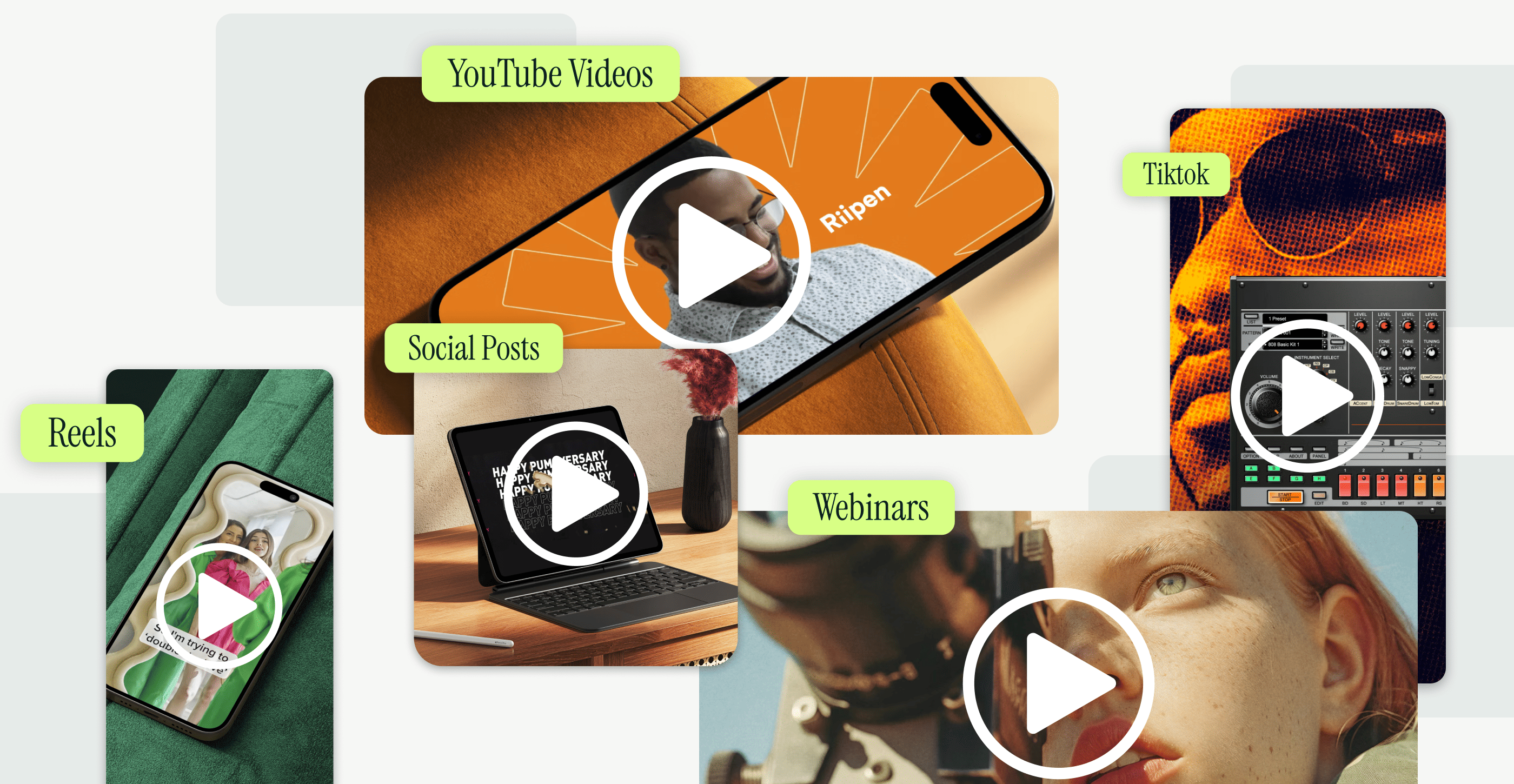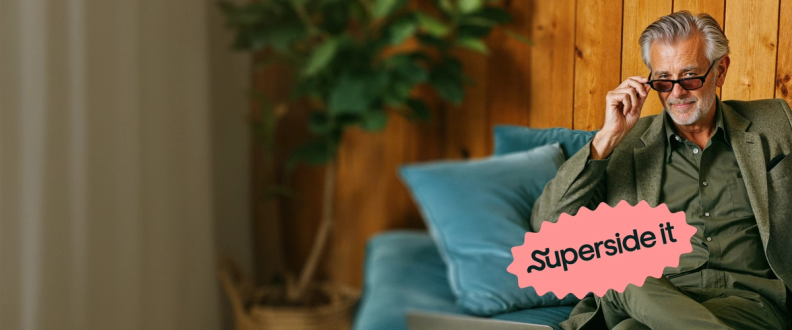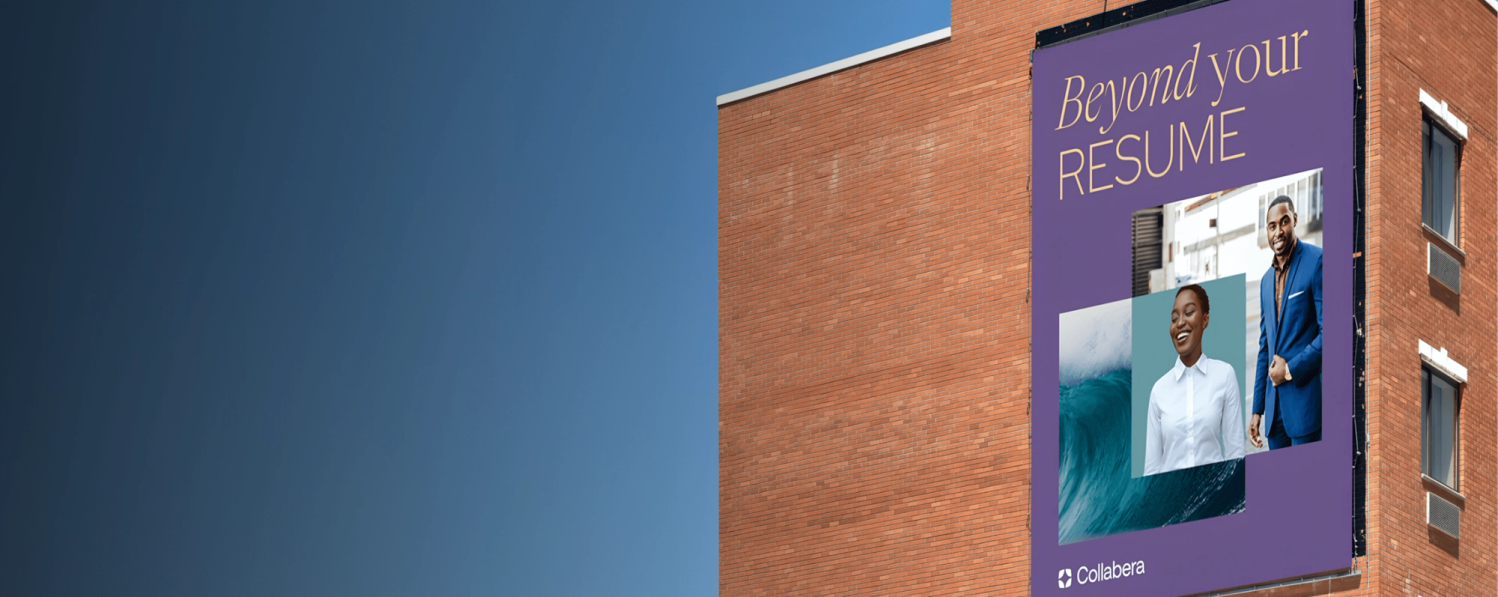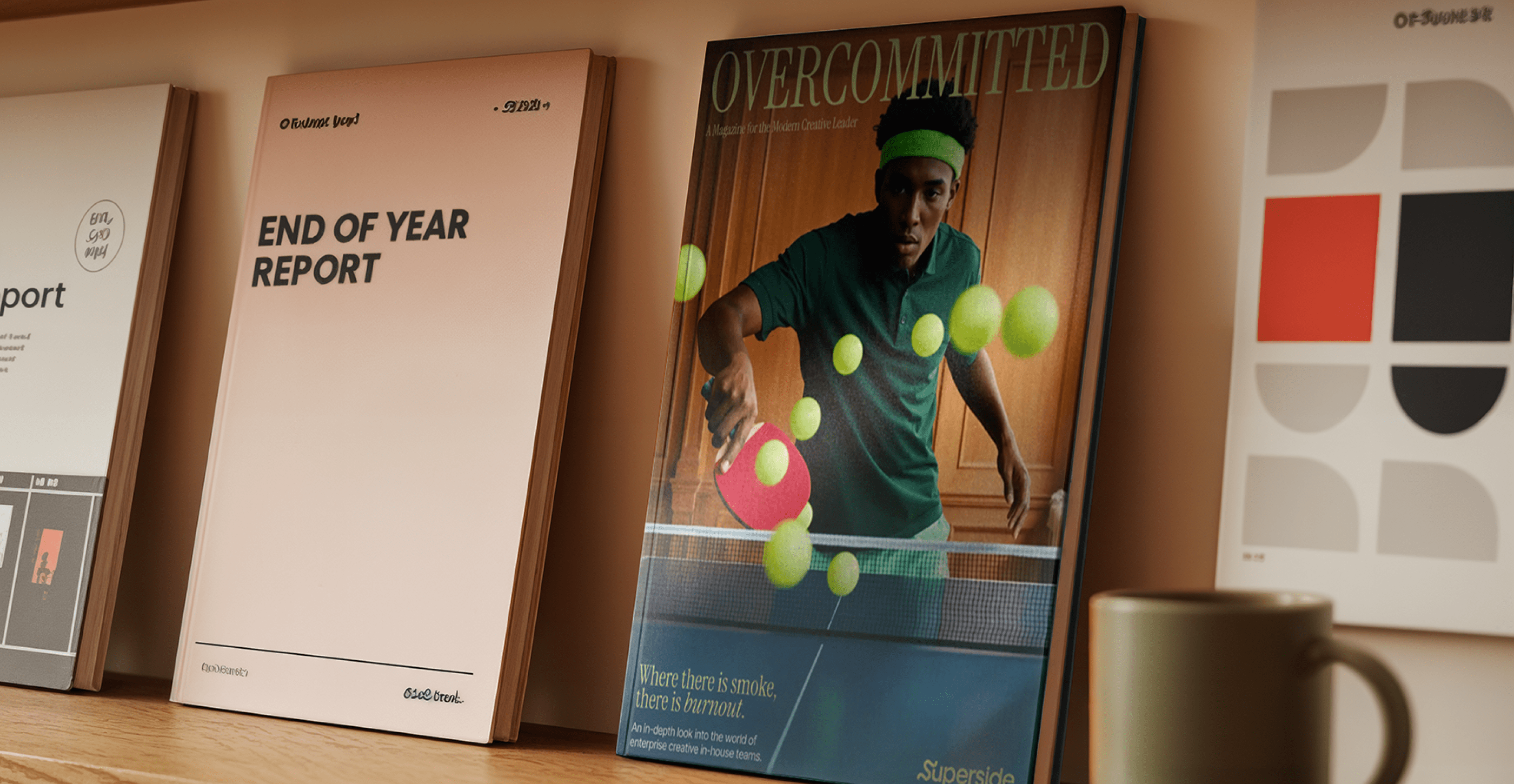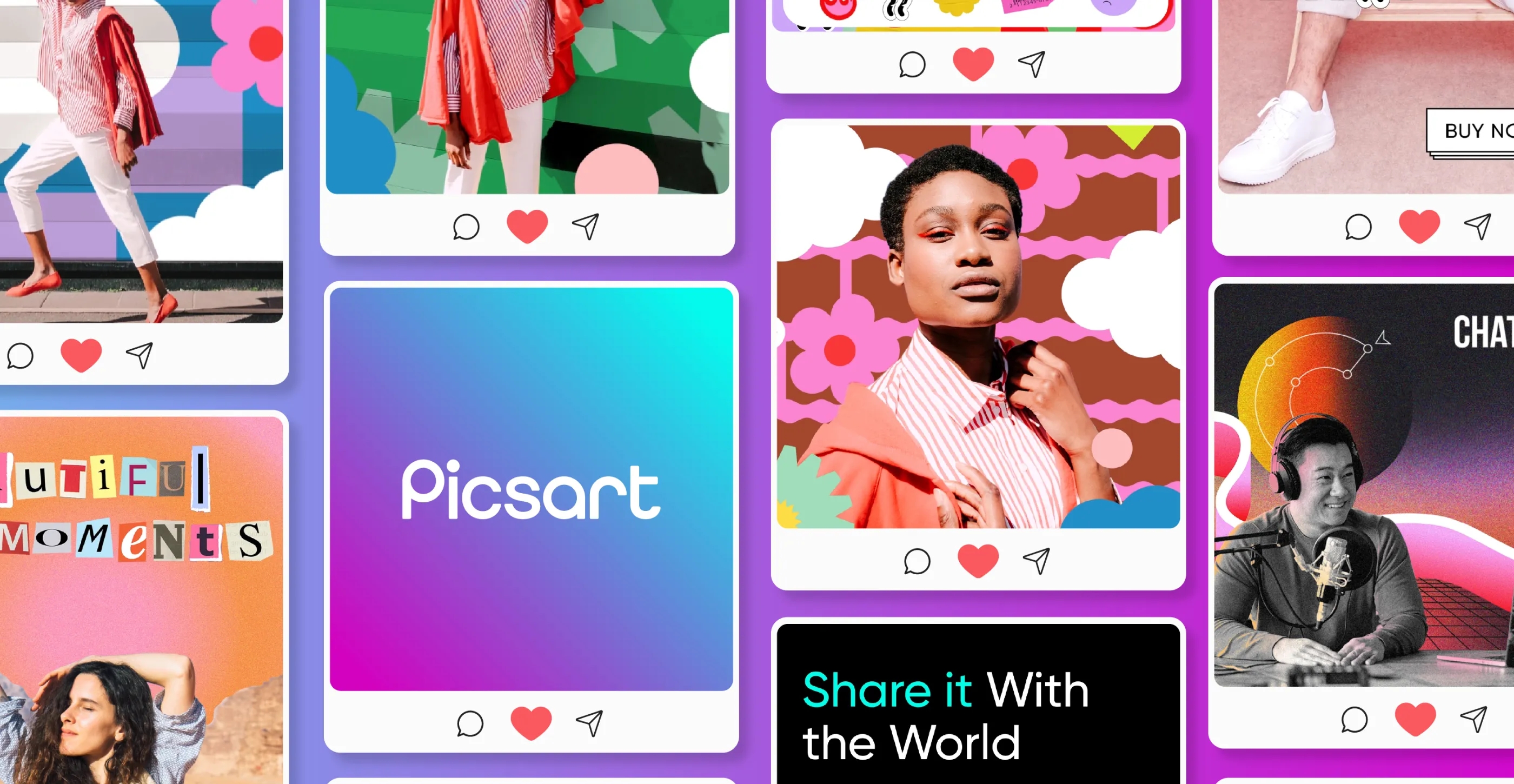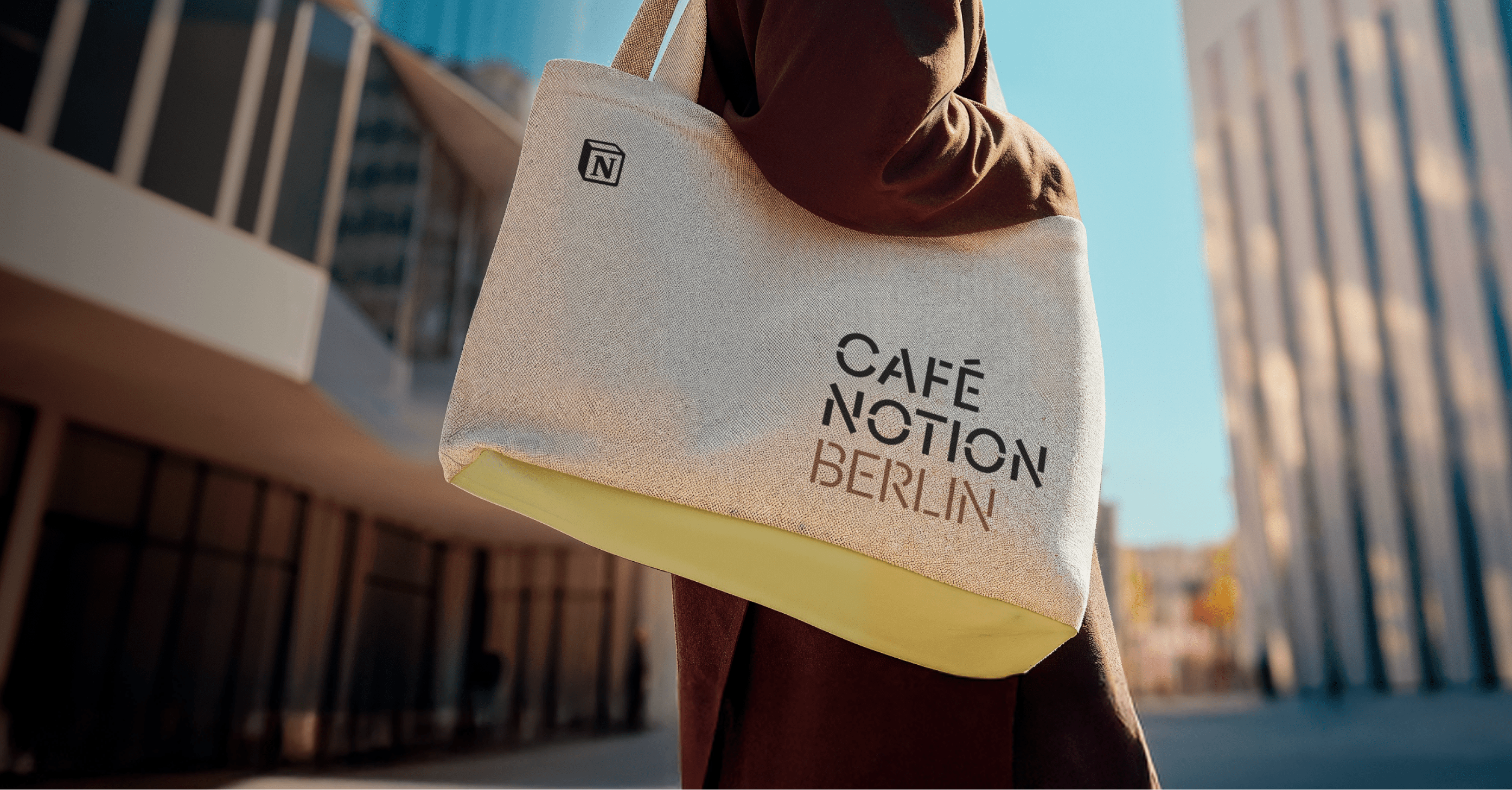
Strong marketing design is a critical part of any company’s overall success, but it can be hard for non-designers to wrap their heads around what that actually means. In this post, we break it for you. Not only that, we give you the best examples and tips that we found, from both Supersiders and across the internet to use. Take a look below!
Design is all around us. It’s the proverbial water in the goldfish bowl, so ubiquitous we often don’t even notice it. It's in our clothes, packaging, websites, logos and on and on. Design touches just about every aspect of our lives.
You understand that it’s important. You probably even have an eye for what good design looks like. Understanding design jargon and the ins and outs of design, on the other hand, is a tricky proposition.
Fear not—we’re here for you. Read on as we break down what marketing design actually entails, examples of the different types and some basic tips to help you create better marketing designs on your own or when working with a creative team like Superside!
What is marketing design?
Marketing design, or business marketing design, is all about creating and designing assets for marketing and advertising activities from Facebook ad design to billboard designs you drive past.
Marketing design is a subset of graphic design, which is about communicating a brand’s message, services or products in a visually appealing way that evokes an emotion or action (if it's well designed).
There are many reasons why enterprises should use marketing design solutions. Marketing designers have the experience and expertise to create custom marketing materials that will help your business stand out from the competition.
In addition, top designers provide valuable insights into the best ways to market your products or services. No matter your industry.
Sounds interesting? Just look at some of the benefits.
Some of the benefits of using business marketing design solutions include:
- Increased brand awareness. A well-designed marketing campaign can help to increase brand awareness and name recognition. This can lead to more customers and sales for your business.
- Improved customer engagement. Marketing designers can create materials that are more likely to engage customers and encourage them to take action. This could include special offers, coupons, or even interactive experiences.
- Greater customer loyalty. Customers who have a positive experience with your brand are more likely to be loyal and continue doing business with you in the future.
Types of marketing design with examples
Graphic design and marketing go hand in hand, so there’s a long list of design that falls under marketing and it goes way beyond just pop-ups or banner ads.
There’s obvious stuff like email, social media, advertising, event booths and company swag. Don’t forget, however, that things like eCommerce landing pages, websites and blog design can also be bucketed into business marketing design (or a combined team effort from both product and marketing).
The marketing materials and assets that are developed for content marketing, digital marketing and for marketing strategy purposes, also fall within the long list of business marketing design. Why use these marketing design solutions? Let’s take a look.
List of marketing design examples:
Below is an outline of some of the most popular styles of business marketing design that you and your team are likely responsible for.
Email design
When used properly, email marketing can leverage sales, as well as generate and retain customers. The single most important ingredient in a successful email marketing campaign is personalization. It’s important to make sure you’re delivering content relevant to that user.
Simply adapting your email to be more attractive on mobile devices increases clicks by up to 15%.
It should be no surprise that good newsletter design is equally important. As with most pieces of marketing, if it doesn’t catch the eye and have a solid responsive design, it’s going straight in the e-bin.
Both the Casper and Moo emails below are examples of great email design.
In the case of Casper, the copy pops on the dark blue background, which fades into an image that showcases their bed in action.
The CTA is also clear (Shop the mattresses and get ten percent off for our fourth of July sale), and they don’t overload it with too many options or buttons.
Moo, on the other hand, uses a moving GIF and tempting copy that pushes viewers to reveal a surprise. You can’t help but want to “Pop that balloon”. Adding motion design to your emails is a great way of grabbing and holding attention!
Although social media can seem like a beast to tackle with so much content on it (and now more in the age of AI and generators across Meta, TikTok, you name it!), if done well, it can drive a HARD impact in your digital marketing strategy.
According to Social Media Examiner, 93% of all marketers report that social media efforts have generated more exposure for their business and 87% report positive results.
Beautiful design is absolutely critical for social media campaigns, especially on platforms like Instagram or Pinterest (read our Pinterest marketing guide here) where everything is visual. It can be tricky to strike the balance between organic and advertisement, but the best brands are doing a great job with it.
TargetStyle is crushing this on Instagram using the platform's shopping feature. They use clean, attractive product photos that would look just as at home in a catalog as they would in your most stylish friend’s feed.
When a user sees one of TargetStyle’s posts, it just takes a tap to see which products are featured. One more tap takes them seamlessly to the product page. Just a few clicks and the user has gone from browsing to buying in a matter of minutes. THAT is the power of social media.
Engaging users requires a perfect pairing of smart marketing and great design. If you’re looking for more social advice, here are ten tips to increase social media engagement overall.
Advertisements
In the 2020s and beyond, any advertising effort should be omnichannel—that includes both online and offline advertising.
It’s easy to get so focused on the digital that we forget about the importance of reaching consumers out there in the real world, like with OOH ads for example. But it’s still really important.
This is an area of design covered by marketing design and marketing strategy services; which is focused on design principles to maximize advertisement effectiveness.
Right now, spotify is doing a fantastic job with its advertising campaigns. They’re taking digital data offline to physical spaces with memes and screenshots plastered on subway walls and the sides of buildings.
Using bright color pops combined with a healthy dose of internet-savvy humor, Spotify even managed to be so eye-catching that their physical advertising made its way back to the internet through photographs posted to social media, which powers their brand awareness.
Print still has great significance in this tech-savvy world, as seen through this Spotify advertisement campaign. But to ensure you can attribute and get interested leads through a print campaign, add a QR Code to the advertisement using an online QR Code generator.
Print design is far from dead. Posters and other printed collateral are still extremely relevant and effective. Check out our ultimate guide to designing a successful poster for more.
Website design
Once you hook the user, odds are, the first place they’ll head is your website. A stunning ad, email, or social media post is important, but if they get to your website and find a drab, outdated mess, it’s all for naught.
Basic principles for web design include but are not limited to the following:
- High-quality product images sell products. Period. Invest in some great photography.
- Keep it clean, simple, and uncluttered.
- Make it user-friendly and scrollable.
- Your website should look just as great and function just as well on a 5-inch mobile screen as it does on a 34-inch desktop monitor.
- Keep your branding prominent, but don’t smack the user across the face with it. Subtlety is good.
- Follow your branding guidelines from colors to icons.
- Have clear call to action buttons in lots of places.
Harry’s Shaving does a great job following all these web design principles. Their clean aesthetic and great product photography keep their products front and center.
They have a clear “Start Trial” button on the main page. Their branding is obvious in every aspect of the site. And it’s easy to use across all devices, delivering a consistent, aesthetically pleasing and functional experience.
Your homepage is the most important page on your website. For some tips on how to design homepages that convert, check out Designed for Conversion: Nine Examples of Effective Homepage Design.
5 marketing design tips
There are many reasons why you should use marketing design solutions for your business. Top marketing designers can help you create a professional and stylish look for your marketing materials, which can help you attract more customers and boost your sales.
When it comes to creating great business marketing designs, the first step is looking at your brand guidelines and then choosing a design style. If you’re unsure of the latter, check out this ultimate guide to design styles for some education and inspiration.
By following these marketing design tips, you can create effective marketing design that will help you achieve your business goals. Marketing designers can be a valuable asset in your quest for success.
For all of our marketing design tips, follow these basic marketing design principles:
- Know your audience and your medium
- Follow your brand guidelines
- Make good use of white space
- Keep your designs simple
- Know your “why” and purpose of the design
1. Know your audience and your medium
Think about who you’re designing for. This is marketing 101. Picture giving a presentation to an audience of all your potential and current customers—how are you appealing to them through your words and visuals?
Remember, different kinds of visuals appeal to different personas. Your imagery should match your target demographic and speak their language.
Next, think about where you’ll be reaching them. The same user likely goes to different social media platforms seeking different types of content.
Facebook, for example, is well suited to announcements and events since that’s what users are already expecting when they log on. It’s also a bit more text-friendly than sites like Instagram where it’s all about aesthetics or Twitter, where the rapid pacing gives you only seconds to make an impact.
Check out our Behance portfolio to see what our talented team of designers is capable of ;)
2. Follow your brand guidelines
Follow. Your. Brand. Guidelines. We can’t stress this enough. By all means, keep up on trends and ride those waves. Throw in a Baby Yoda… but only if it fits your brand identity.
Consumers, especially Millennials and younger, are very wary of poseurs and fakers. But they are very loyal to brands they see as authentic. And video is their main source of consumption.
Use your brand fonts, colors, icons, logos and voice consistently throughout your marketing efforts. This immediately lets the customer know whose message they’re seeing and helps engender trust, familiarity and bolsters overall brand recognition.
Work with a reputable design company like Superside to create powerful visuals that will make a lasting impression on your target audience.
3. Make good use of white space
It’s important to make good use of “white space” in your designs. Oh, and white space doesn’t have to actually be white. It can be any solid color, a pattern, or a subtle photo background.
White space is whatever is between and behind the elements of your design. Properly spacing your design elements to allow for white space is what gives your design balance and dynamism. It also helps prevent your design from feeling cluttered.
4. Keep your designs simple
The media landscape is cluttered enough. Your design shouldn’t be. A whole bunch of graphical elements might draw the eye for a moment, but the most important pieces of your message will quickly get lost or ignored.
Stick to two fonts, at most. Any more than that and you risk creating what designers refer to as “font soup” and that isn’t a good look. It looks messy and unprofessional and it muddies your overall message, which damages ad conversions.
Go for clean and inviting. This is also helpful in making sure your design looks good and works well on any device.
5. Know your “why” & purpose of the design
Before the first pixel is created, clearly identify what the purpose of this marketing piece is. Different imagery has very different messages.
Product photography is great if you’re just chasing the sale, but pictures showing your product in action will likely garner more engagement.
Marketing design vs. product design
All designs have to strike a balance between form and function. Some designs should blend into the fabric of your life.
The design of your car dashboard or your computer keyboard should just plain work; if they’re aesthetically pleasing, that’s a bonus.
Others are designed to get noticed, and that IS their main function. This is one of the fundamental differences between product design and marketing design.
The goal of product design
The primary goal of product design is to provide value to the user, and there are often four big steps that go into the creation of a new product design. They’re thinking about the flow, and how users will interact with the product itself (hence why user testing is necessary).
Whether it’s an app or a reusable water bottle, the function is prioritized over form. A stunning water bottle is useless if it has a hole in the bottom.
If you can balance both the aesthetics and the usability, you’ve got a winning product design.
The goal of marketing design
Marketing design’s primary goal, on the other hand, is concerned with grabbing a user’s attention, educating them about your product or service, and converting that user into a customer.
Form, in this case, directly impacts function. The better the marketing designers, the better the marketing piece will succeed in its function (conversion).
Get designing success with Superside
Whether you’re a marketing designer yourself or a marketer looking to better lead your designers, there’s a lot to take in and consider when developing great design. With the long list of work on a marketer’s plate, sometimes help is needed to relieve the pressure.
That’s where Superside steps in to shine with our design services for marketing teams. Whether you need help clearing the bottleneck or you need an entire, dedicated design team, Superside can help.
We provide on-demand design at scale for companies of all types, all over the world.
Set up a call to learn more.




